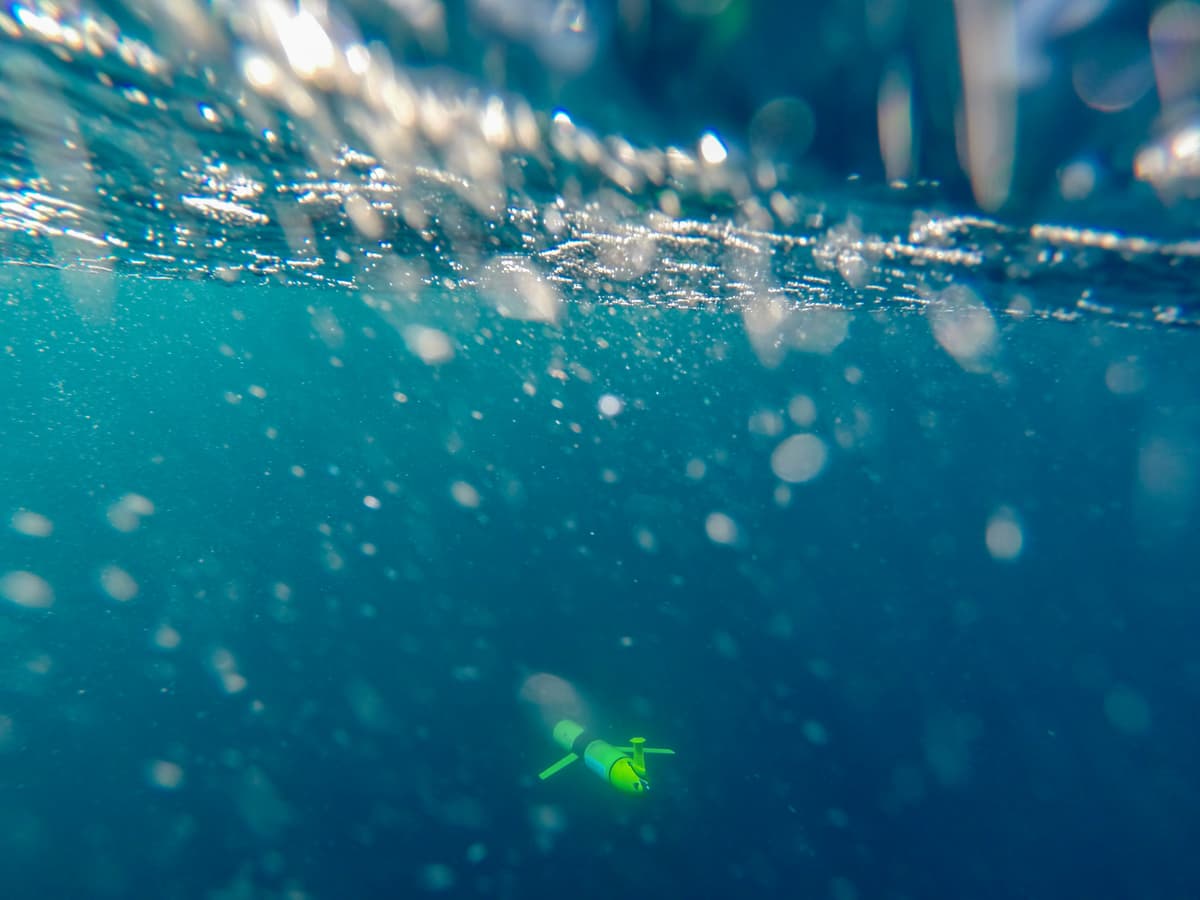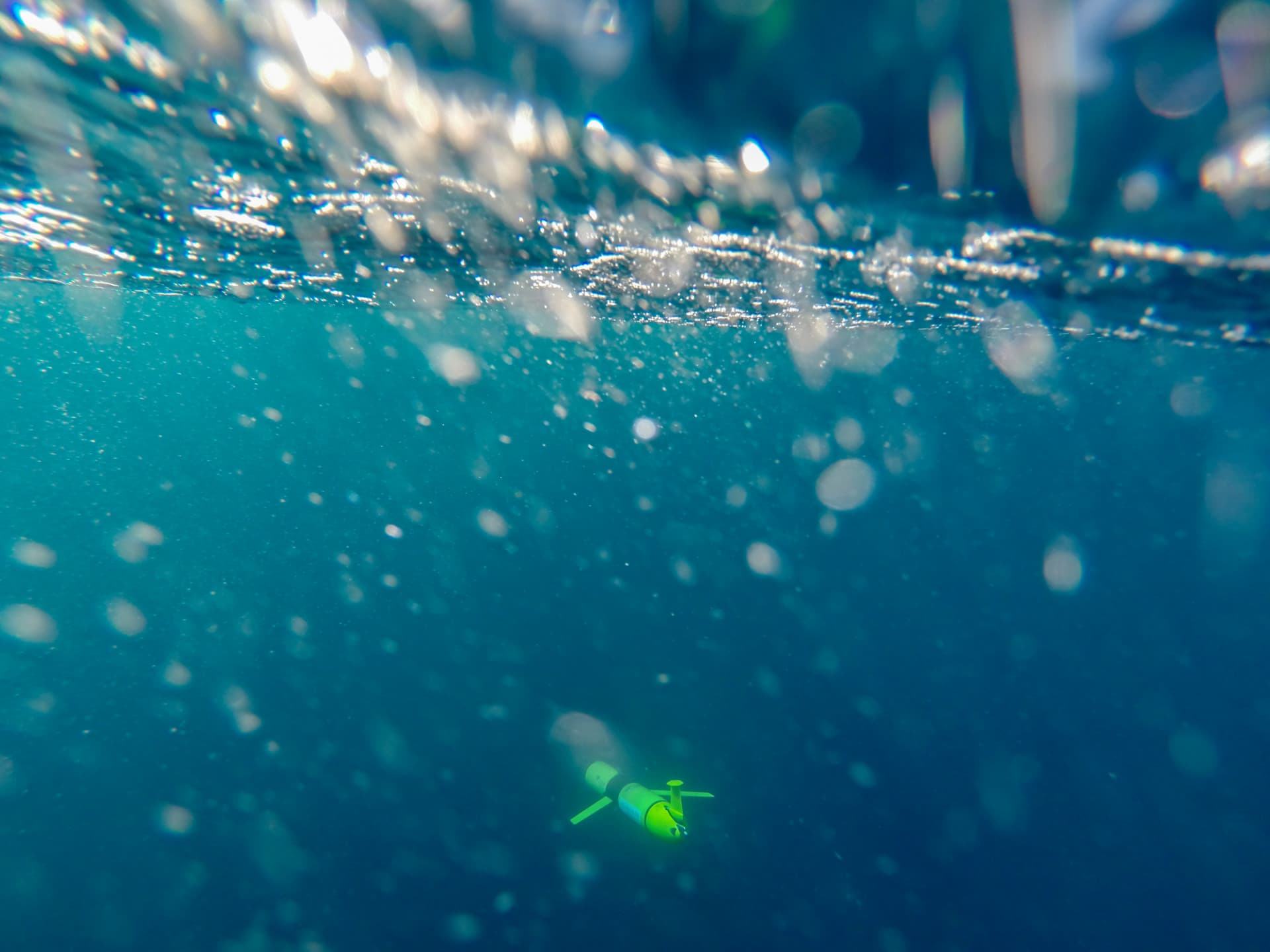Related projects & activities


Posted on Thursday 16 May 2019
Ocean transport and mixing processes are changing all the time. This means what we have seen in the past doesn’t necessarily predict the future, and what happens over larger ocean basin areas may be different from smaller areas, like marine farms.
Two new journal articles explore past and future ways of understanding and observing our oceans.
A significant review by researchers from the Stressor footprints and dynamics project summarises the last 30 years of physical oceanography research in the shelf seas (less than 250m depth) around New Zealand. The article, Physical oceanography of New Zealand/Aotearoa shelf seas – a review, reveals what is known about ocean transport and mixing in the region.
Transport and mixing are influenced by external factors like ocean currents and ocean warming, land-based freshwater sources, winds, tides, ocean layering, and seabed topography. Knowledge of ocean processes is developing rapidly with new tools, eg robots, satellite sensors and global simulations all providing new information.
While these new approaches are revolutionising ocean science, a great deal of planning is required to come up with the most cost-effective solutions. A second review paper describes guidelines and rationale for developing an ocean monitoring national ocean observing system (NZ-OOS). The proposed NZ-OOS would integrate mātauranga Māori (indigenous knowledge) with western science, and involve oceanographers, data scientists and marine stakeholders. This aligned research was led by NIWA and carried out by a multi-institutional team (including Cawthron Institute, New Zealand universities, businesses and government).
“In order to move towards useful biogeochemical and ecosystem model forecasts we need reliable physical understanding, and a good handle on how all the aspects of the ocean interact,” explains Associate Professor Craig Stevens (NIWA). “This connected, knowledge-based approach dramatically changes the skill and usefulness of predictions for issues like the effects of changing climate or the cumulative use of marine spaces.”
O’Callaghan J et al (2019) Developing an integrated ocean observing system for New Zealand. Frontiers in Marine Science. https://doi.org/10.3389/fmars.2019.00143
Stevens CL, O’Callaghan JM, Chiswell SM & Hadfield MG (2019) Physical oceanography of New Zealand/Aotearoa shelf seas – a review. New Zealand Journal of Marine and Freshwater Research, DOI: 10.1080/00288330.2019.1588746
